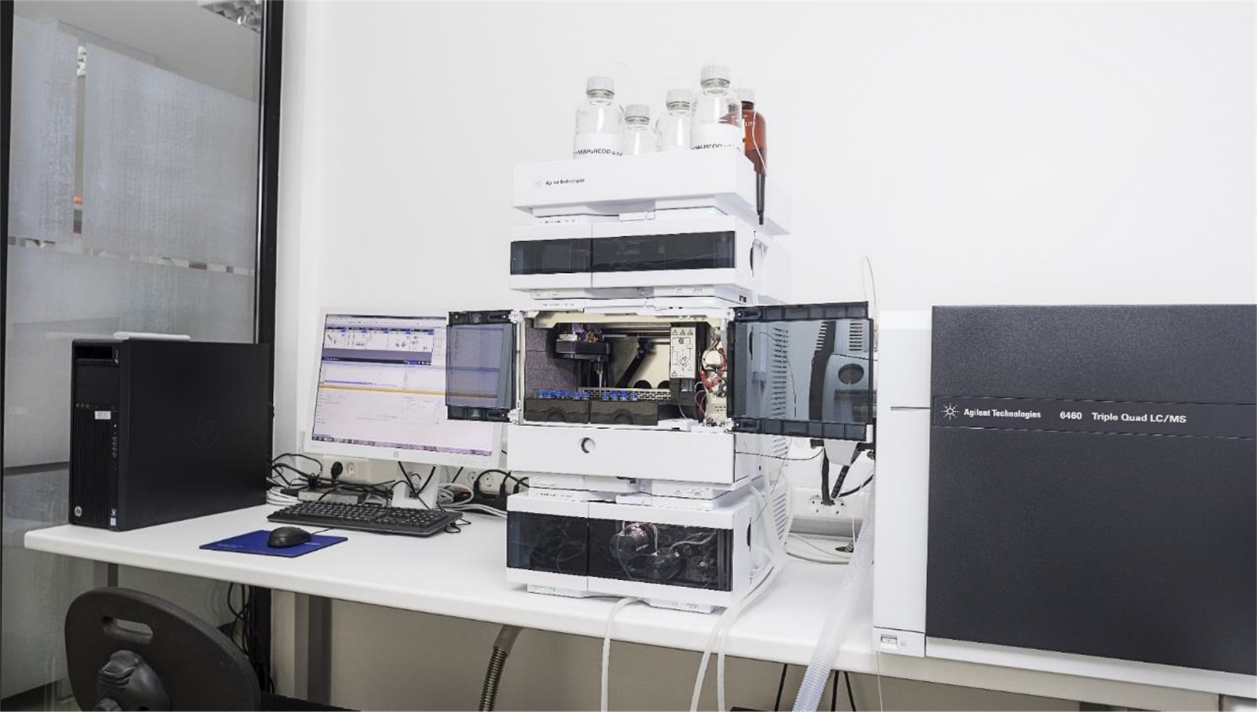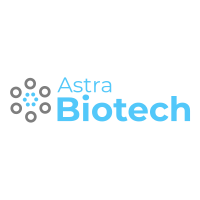Mycotoxins: Global use of feed materials in the production of animal feed is increasing the risk of chemical and microbiological contaminants in food-producing animals. The feed can be contaminated with microorganisms, mycotoxins, animal by-products, organic pollutants, and toxic metals. Mycotoxin contamination is now recognized as a global issue in agricultural production, especially in the livestock sector. At PATENT CO, we are using a fast and simple UHPLC-based multi-mycotoxin method for the determination and accurate quantitation of all mycotoxins (Aflatoxin B1, B2, G1, G2, Deoxynivalenol (DON), Zearalenone (ZEN), Fumonisin B1 (FB1) and B2 (FB2), T-2, HT-2, Ochratoxin A (OTA) regulated in feed (EU Directive 2002/32/EC, 2006/576/EC and 2013/165/EU) by liquid chromatography coupled with tandem mass spectrometry. The method is based on “dilute and shoot” principle. To compensate the matrix effects in electrospray ionization, [13C] labelled internal standards are used for each group of mycotoxins (13C17 AB1, 13C15 DON, 13C18 ZEN, 13C20 OTA, 13C34 FB1 and 13C24 T-2) (Farkas et al., Toxins 2017, 9, 276: 76).
Sample types being analysed Corn, compound feed, wheat, barley, soya meal, wheat bran, sunflower meal and TMR.

Stable Isotope Dilution Assay (SIDA): Chromatogram

